Disclosure: We may get commissions for purchases made through links in this post.
You've probably heard about Porous Pave if you're looking for permeable paving options. If so, you might be thinking about using it and you want to know what materials they're made of. We did some research on Porous Pave and came up with the following information for you.
Porous Pave is a permeable pavement material made from recycled rubber, gravel, and urethane binder that is poured in place. This product also serves as an alternative to asphalt.
Now, you may wonder, what is porous pave? What are its pros and cons? How do you install it? Continue reading to learn everything you need to know about porous pave.
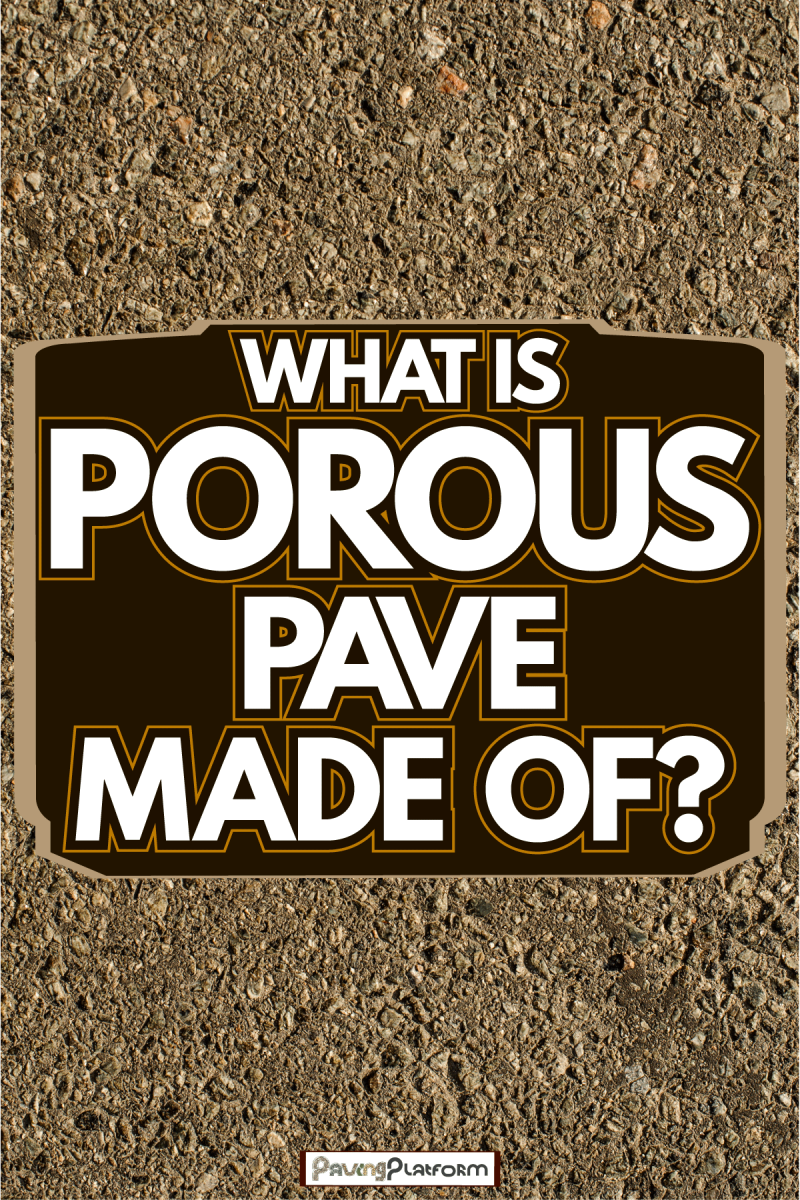
What Is Porous Pave?
Porous Pave is a revolutionary paving solution developed by Porous Pave Inc., which is made from recycled rubber, gravel, and urethane binder. Pouring it in place to the desired area is how this permeable paving material is installed. Not only is it highly permeable, but it is also flexible and durable.
This paving material can be seen in commercial, residential, and even in public works settings. Sidewalks, traffic islands, pool decks, tree surrounds, and cart routes are all examples of where it's employed in public works.
What Are Its Pros And Cons?
With the rise of other permeable paving solutions such as permeable pavers, porous asphalt, and concrete blocks with spaces for plant growth, what sets Porous Pave apart? Here are some pros and cons of this product.
Pros
Highly Permeable
With a 27% void area in the material, large amounts of water can infiltrate through Porous Pave's surface, limiting runoff volume.
By reducing runoff, you can avoid the need for catch basins or retention ponds, which saves money and allows you to make the most of your available space.
Unlike brick pavers where some areas are not porous, the entire surface of Porous Pave is permeable. It also eliminates puddling in low elevation areas.
Environmentally Friendly
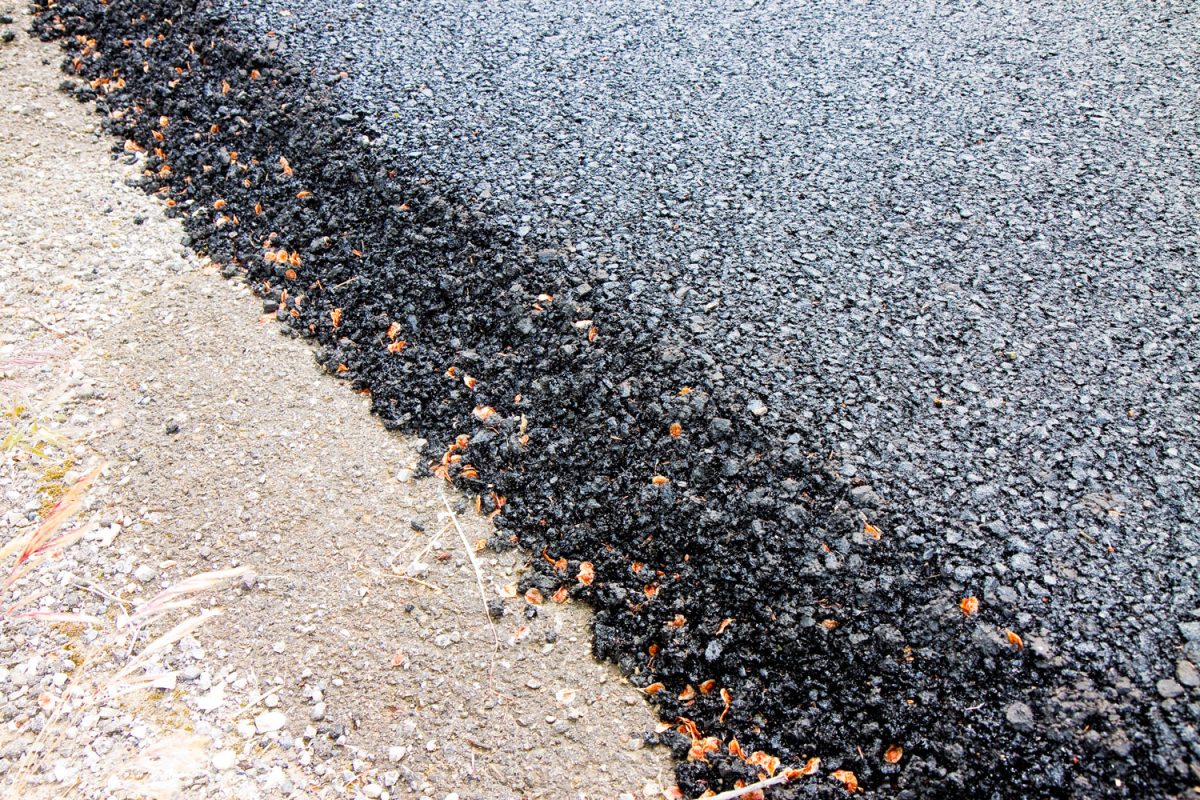
As previously said, this paving material is made from recycled rubber, which prevents thousands of tires from ending up in landfills.
This paver is also prepared on-site and can be installed with minimal or no harm to the surrounding landscape.
Quick trivia: For every 1000 square feet of 2-inches porous pavement, 300 scrap tires are used!
Resistant to Frost and Freeze, Flexible
Because of ground movement or frost, cracking and heaving are common on concrete sidewalks. However, Porous Pave is crack and heave resistant.
The product's 50% rubber component also allows it to move if the sub-base moves.
Another advantage of using Porous Pave is that it can be placed at temperatures ranging from 40 to 90 degrees Fahrenheit and cures in about 24 hours, giving it a far broader range in temperature and shorter cure time, unlike other permeable surfaces.
Slip Resistant
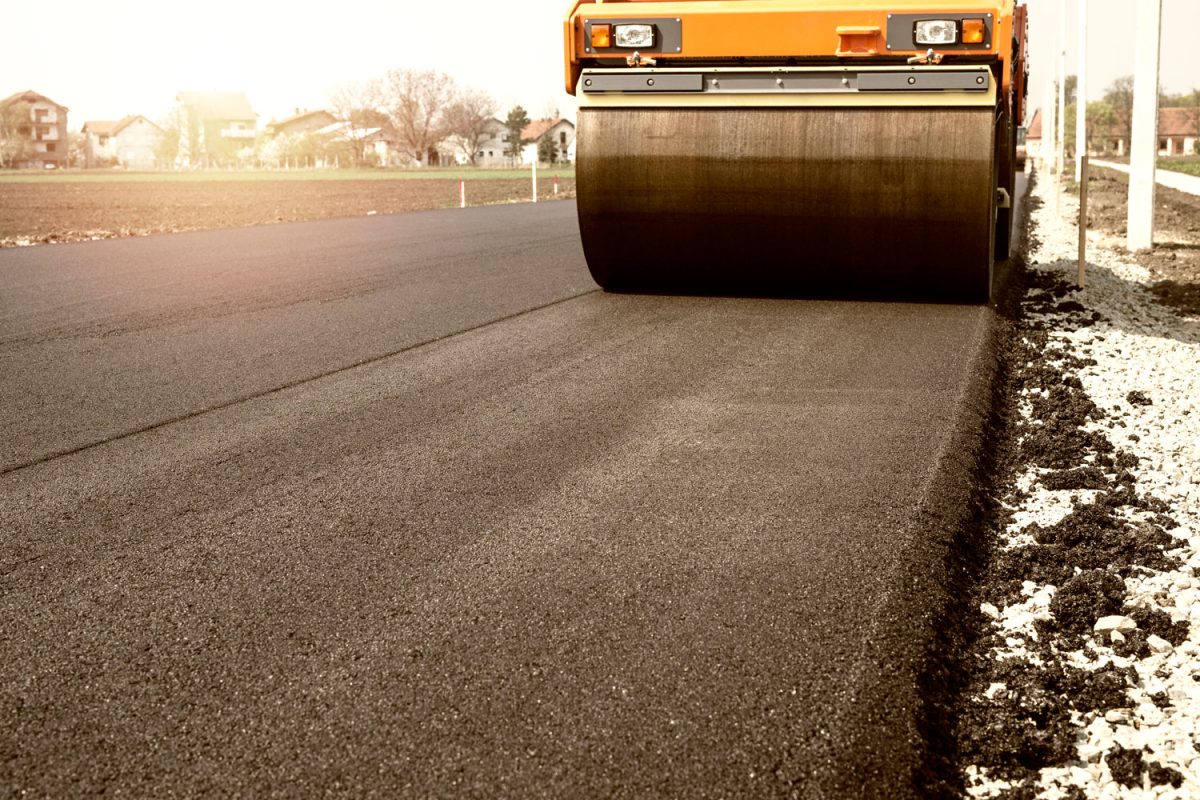
Even when wet, the high rubber component ensures good traction, reducing the risk of slip and fall accidents.
When compared to smooth surfaces like concrete, Porous Pave's textured surface is less slippery.
Strength and Durability
Even though it is only 2 inches thick, Porous Pave can support low-speed car and truck traffic! For bike routes, patios, trails, golf cart tracks, and any other foot and pedestrian activity, Porous Pave should be 1.5 inches thick.
Porous Pave is also resistant to UV rays, ozone, muriatic acid, chlorine, oil, transmission fluid, diesel, gasoline, saltwater, hydraulic fluid, and a variety of other harmful compounds.
It is also snow plow damage resistant.
Various Color Options
Porous Pave comes in a variety of colors. They offer 8 standard colors: black, brown, cypress, redwood, tan, grey, blue, and green.
In addition, you can mix and match any of the colors to create a custom color combination that can add more personality to your paving project.
Ease of Installation
When compared to regular paver installation, installing Porous Pave takes only half the time. In addition, installation doesn't require heavy equipment and eliminates the need for saw cuts or expansion strips.
Cons
Expensive
Compared to traditional asphalt, Porous Pave application costs twice as much. However, it is expected to last twice as long or even longer than most asphalt paving solutions.
What Are The Tools Needed For The Installation?
In installing Porous Pave, you will need the following tools listed below:
- Mortar mixer
- Wheelbarrow
- Flat shovels
- Come alongs
- Magnesium hand trowels
- Bull Float
- Non-petroleum based vegetable oil (for mortar mixer and wheelbarrow)
- Green Palmolive dish soap (for bull float and trowels)
- Buckets
- Tarp
- Form boards
- Screed board
- Garden sprayers
- Latex gloves and fixed cuff rubber gloves
- Metal putty scrapers
- Hard bristle brushes
Note: You have to apply oil to all the tools that will come in contact with Porous Pave to avoid staining caused by the binders.
How Is Porous Pave Installed?
Installing Porous Pave is not easy. It requires professional installers' expertise. However, if you opt to do it yourself, here is a simple installation guide on Porous Pave application.
Base Preparation
The key factor to an effective application lies in the base. That is why it is important to thoroughly prepare the base upon which the Porous Pave is laid out.
Choosing The Base Material
Porous Pave requires a graded aggregate material that is low in fines, angular in shape, and ranges in size from 3/8" to 3/4". The aggregate material should be free from shale, lumps, and clay balls, among other things.
Remember, using a circular base material is not allowed since it will not compact properly and will not provide appropriate support for the Porous Pave installation.
Installing The Base
A 6- to 10-inch layer of 3/4-inch crushed stone is originally laid for stability, with 6 inches on either side of the finished pedestrian and parking size. Equipment that can equally disseminate the material should be used to lay the base material.
To provide appropriate compaction and stability, areas of the base where sand or silt becomes mixed with the base during installation should be removed and rebuilt.
Compacting The Base
Make sure the base is installed and compacted at least 6" beyond the Porous Pave installation area.
If the moisture content of the base material is insufficient to provide the required density, add or remove moisture from the base as needed to achieve 95% compaction uniformly throughout the entire area.
Mixing And Application Of Porous Pave
After the base has been prepared and set, mixing and applying Porous Pave to the desired area comes next.
Mixing
For this task, you'll need a mortar mixer. Make sure that all skin of your mixer is covered before you start mixing.
Next, pour the proper amount of bags of rubber and stones for one batch into the mixer while it's running. In a separate container, measure out the binder and pour it into the mixer.
After all the materials have been poured into the mixer, mix Porous Pave for about 45 to 90 seconds until all of the rubber and stone look wet. Then, as the mixture is set, pour the contents into a wheelbarrow.
Application
In applying the mix, start from the farthest point and work towards the mixing area. Divide the mix into 2 or 3 small piles. Spread Porous Pave into the desired area with come along.
Begin screeding Porous Pave with a pre-oiled screed board, filling in any low areas as you go. Pull all excess material away from the screed board with a come along.
Smooth out Porous Pave using hand trowels. If the material becomes sticky or starts to roll up on your trowel, re-apply the soap/water mixture to your trowel.
After the mix is smoothened, forms are removed, and finished with the edges, use a bull float lubricated with soap/water mixture to give Porous Pave a smooth glassy finish.
And for the final touch, apply a little spritz of water to the Porous Pave's surface with a two-gallon pump-up sprayer within 5 to 8 minutes after a batch of Porous Pave is finished. This final step is important to make sure that the binder will begin to set.
How Thick Should The Porous Pave Be Applied?
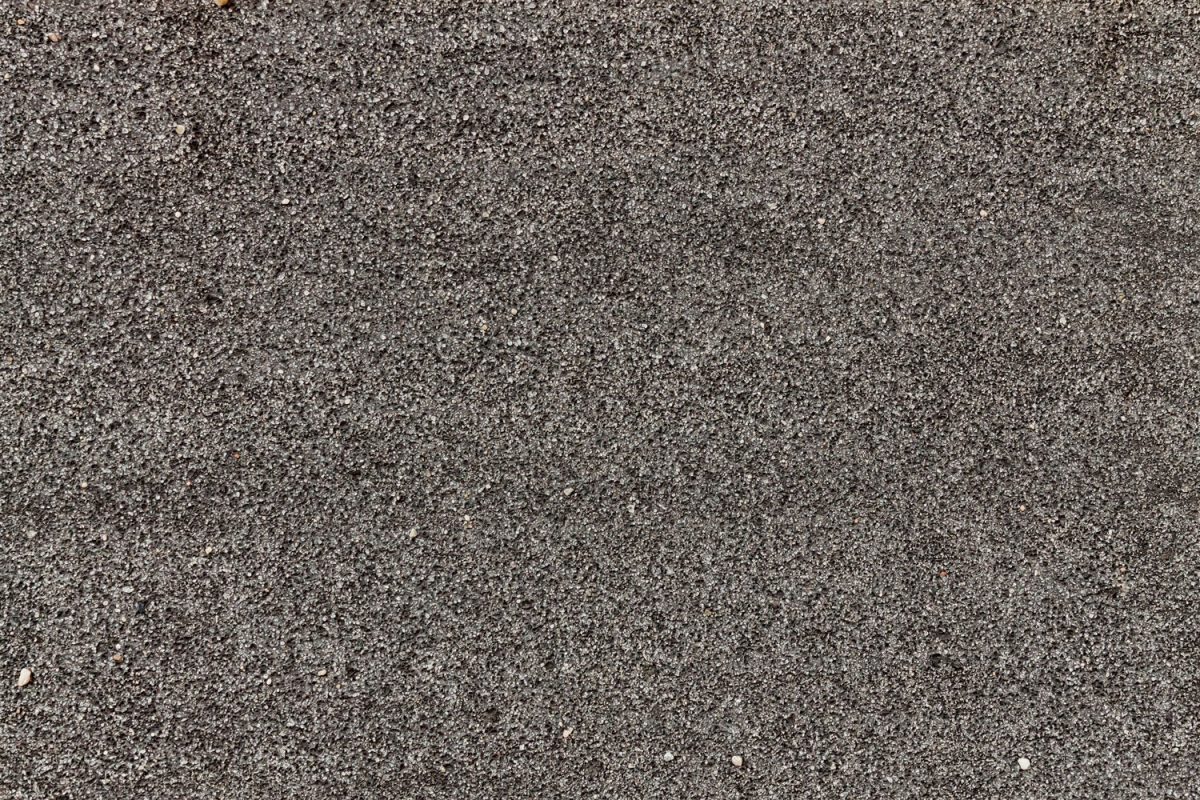
Depending on what paving structure you desire, there is a minimum pave thickness for different structure support.
In non-load-bearing applications such as patios, sidewalks, and other non-vehicular areas, 2" thick is recommended. On the other hand, 4" thick is recommended in driveways, parking lots, and other areas where passenger vehicles are present.
However, in applications with heavyweights, such as truck docks, delivery alleys, and the like, 6" thick is recommended.
In Closing
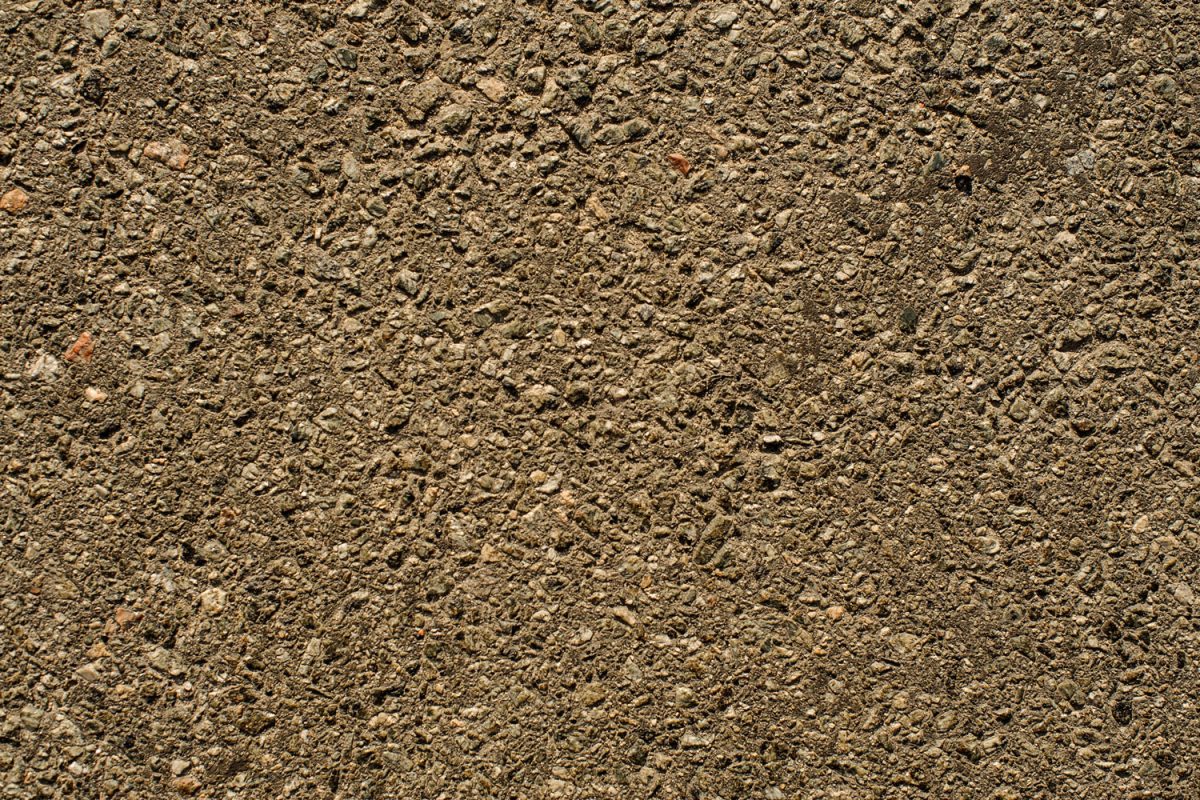
Investing in a good permeable paving solution is not an easy decision. Aside from the variety of choices available, there are also other factors to consider like the quality of materials used and the cost.
If you want a highly permeable paving solution that is durable and environmentally friendly regardless of the cost, then Porous Pave is the perfect choice for you. However, if you're on a tight budget, there are other paving solutions to choose from.
If you're looking for other options like asphalt, you can read these articles to know more:

![Vibrant Red Paver Stone Path, Can You Spray Paver Sealer? [How To Apply It]](https://pavingplatform.com/wp-content/uploads/2022/04/Vibrant-Red-Paver-Stone-Path-600x400.jpg)
![Properly laid out red pavers for a garden, Can You Tint Paver Sealer? [And How To]](https://pavingplatform.com/wp-content/uploads/2022/04/Properly-laid-out-red-pavers-for-a-garden-600x400.jpg)
